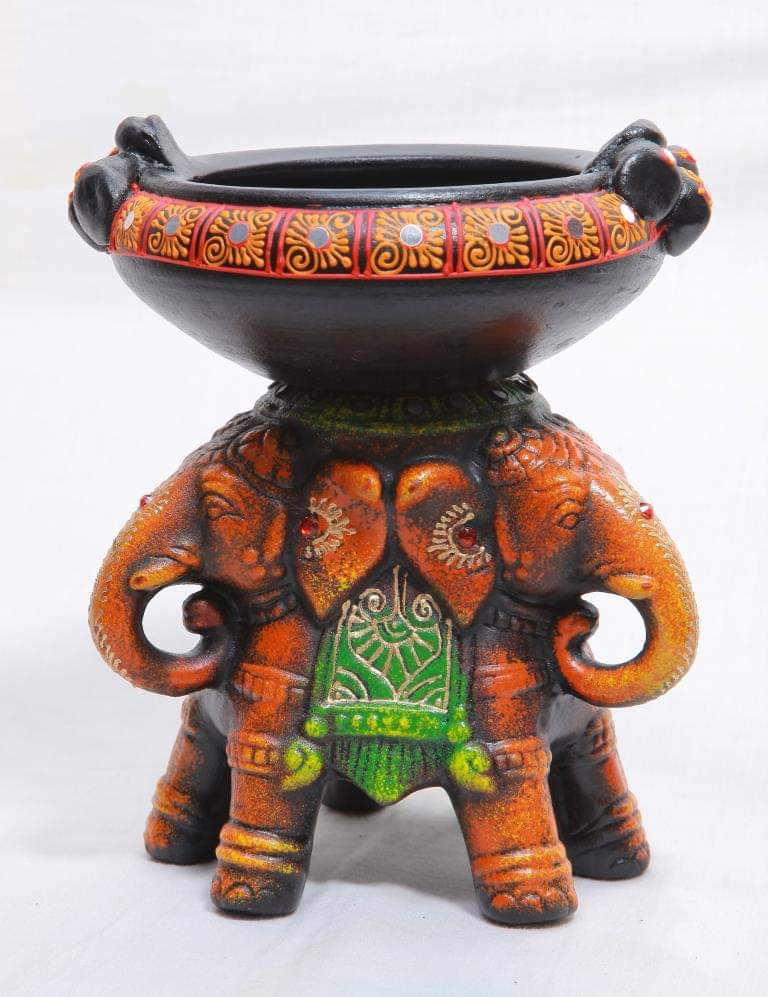The Villianur’s handicraft terracotta works are made in different forms of toys and statues, by the use of tools which are made up of bamboo.
This form is famous from the Villianur village of the union territory of Pondicherry or Puducherry. It is generally made from the grains of green clay, thennal and fine sand called as savudu.
The history of this is as old for more than 20 generations from the “kulalar” community of Villianur.
Villianur Terracotta Work
This art is not only famous near Villianur but has its roots all over India. It was found in excavations from Arikamedu.
Because of its uniqueness and feature, it has been given a geographical indication tag by the government of India in 2011, under Trade-related intellectual property rights (TRIPS). It has also won many awards from countries and UNESCO too.
PROCESS IN MAKING HANDICRAFT :
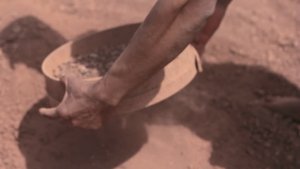
First, the grain mixture is made free from stones and other impurities which affect the surface finish, by using a process called sifting. Then it is allowed to dry for 12 hours so that it loses its water content and can be suitable for making toys and statues.
The specialty is that it can be made up to a height of 30 feet and can be molded to any thickness. The material used for art makes it unique, cost-effective and flexibility in hand making.
MORE ABOUT PUDUCHERRY HANDWORK:
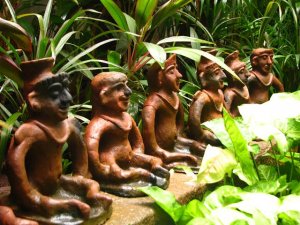
It uses the mold for making parts and assembled and finished by using hands. The specialty training for this unique art is set up by V.K. Munuswamy, a master craftsman from Villianur terracotta works of Villianur village.
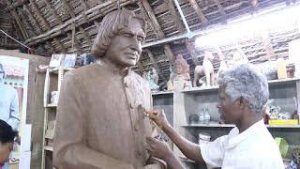
Munuswamy’s training is attended by national and international students. Due to his efforts and hard work, the institute has earned 68 awards from countries and by UNESCO too.
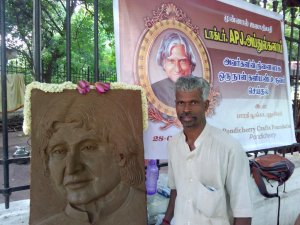
Thus, Villianur terracotta is an art of great importance which has originated from the Puducherry of India, which defines a greatest ancient architecture and the people.

